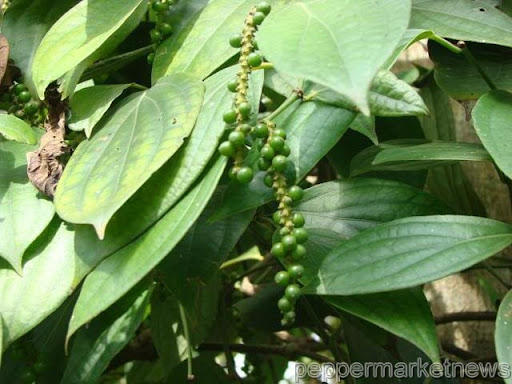Saturday, February 26, 2011
When preparing to plant peppers, pick from many types
 Peppers offer the widest variety of all the vegetable garden plants in use today, yet they are the most misunderstood.
Peppers offer the widest variety of all the vegetable garden plants in use today, yet they are the most misunderstood.
First of all, peppers as we know them are really not peppers at all. True peppers, common black pepper is made from them, are from the genus Piper nigrum. It seems Christopher Columbus discovered the natives of the West Indies growing the hot vegetables and he mistook them for peppers.
The Capsicum species, or our garden peppers, originated in Central and South America. Peppers come in a wide variety of sizes, shapes, colors and heat. Some of the members of Capsicum are used as spices, vegetables and medicines.
There is evidence that peppers were cultivated as early as 3000 B.C. The fruit of most species of Capsicum contains capsaicin, a chemical that can produce a strong burning sensation in the mouth of the unaccustomed eater, according to http://en.wikipedia.org/wiki/Lipophilicity. Most mammals find this unpleasant, whereas birds are unaffected. The secretion of capsaicin protects the fruit from consumption by mammals while the bright colors attract birds that will disperse the seeds.
As geographically widespread as peppers are, they remain somewhat particular about their soil environment. They prefer a loamy, enriched soil with lots of organic matter, and a pH between 5.5 and 7.5. Peppers also like warm soil. For that reason, they do best in raised beds. The use of black plastic liners will help warm the soil. A soil temperature of at least 85F is necessary to stimulate plant growth.
Peppers do better when they are planted as sets rather than from direct seeding. Transplanting will allow the gardener to start the growing process earlier in the year by planting indoors before frost and low soil temperatures give way to the summer heat. Seeds can be started as early as eight weeks before the last frost. Do not hurry in taking the sets to the garden. Remember, peppers like the heat.
When selecting from the many varieties of peppers, first decide how you plan to use them as they mature. Sweet bell peppers are good for garden salads and for stuffing. They can be frozen for longer-term storage. Medium hot peppers such as jalapeno and serrano are good for salsa and sauces. And the hottest of the local peppers, habanero, well you decide how you are going to use this bad boy. Personally, I prefer the Hungarian wax banana pepper. It is a medium to hot 6-inch-long pepper, depending on the year, and is very suitable to canning and use all winter long.
The Master Gardeners will be selling pepper sets at their annual vegetable sale on March 26.

This post was written by: HaMienHoang (admin)
Click on PayPal buttons below to donate money to HaMienHoang:
Follow HaMienHoang on Twitter













0 Responses to “When preparing to plant peppers, pick from many types”
Post a Comment